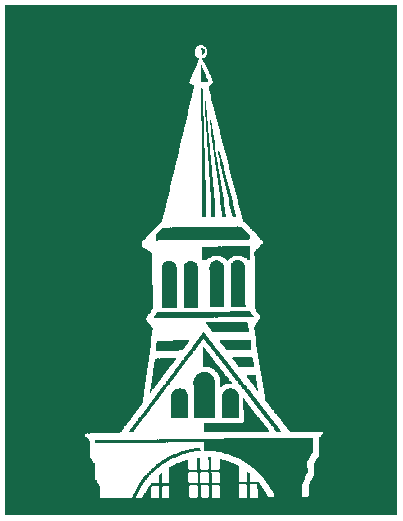Letter from CHARLES MARSH to GEORGE PERKINS MARSH, dated August 23, 1858.
Primary tabs
My dear Brother
Saturday being one of the most favorable days of the season for the exercise of my
hobby, I made a measurement of the Montague hill North Bridgewater The atmosphere
was very clear and in an uncommonly equable condition there being a change of only
.006 in the barometer during my absence The height above the town hall I make pr.
Guyots tables recd by Prof Noyes 1825.5 fr. The view from
the top is of course rather more extensive--but not so attractive as from Long
Hill--there being no point the view of which compares with that of Shrewsbury &
Killington peaks as seen across the great basin westward of long hill. There is also
a wooded hill (from which a view cannot be obtained)
which shuts out the Camels Hump
& vicinity I could however see very distinctly, a little north of where I
suppose the C. H. should be, a very high mountain ridge with 3 prominancies somewhat
elevated above the main ridge--of which the most southerly appears to be
highest--its bearing is N.12 W. By applying a protractor to a meridian upon Z. Thompsons map of Vt. a course N.12 W. runs too far west for
Mainsfield Mt. but the resemblance is very strong. There is also visible another
very high peak, apparently rather more distant bearing N.2.W. a course by protractor
applied as above touches Stirling Peak, -- There is nothing on the map or described
in the towers between (in the Gazeteer) which I think would intercept the view of
that eminence --
Another very high & distant mt. (strongly resembling Mt. Marcy as seen from
Burlington) bears N.20.E. which carries us
in the direction of Wheelock &
Westmore
Moose Hillock (I suppose) bearing N.68.E. hides the White Mts. But what I suppose to be the Sandwich Mts. of which Chocorua is highest are visible, also Kearsarge & divers other N.H. hills as well as some in the S.W. part of this state which I cannot identify Whenever you are here again I hope you will be able to make the ascent --
I see by the Chronicle that Prof. Young of Darmouth has lately shaken Ascutney down to 3129 ft. Partridge made it 3320.
Mr & Mrs Babcock left for home last week, thinking she had derived no benefit
from her sojourn here--but friends of theirs also from Westerly who were staying at
the same hotel, as well as other persons that otherwise & considered their
departure unwise--she is thought to have consumption --
Lucy & Benjamin started last
monday for a visit to their friends in Maine Mass. & R.I. Lyndon is as
usual.
With much love to sister CarolineYour Affectionate brotherCharles Marsh
References in this letter:
Swiss-American, Arnold Henry Guyot (1807-1884), taught physical geography and geology at Princeton University. Under Smithsonian Institution auspices, he set up a system of weather observatories that utimately grew into the U. S. Weather Bureau. His barometric tables, published as A Collection of Meteorological Tables, with other tables useful in practical meteorology, published by the Smithsonian in 1852, were very influential. Guyot's contribution to physical geography, Earth and Man (Boston: Gould and Lincoln, 1849) inspired Marsh, despite Marsh's disagreements with some of its premises.
Zadock Thompson, A Gazetteer of the State of Vermont; consisting of a brief general view of the state, a historical and topographical description of all the counties, towns and rivers c, together with a map and several other engravings. Montpelier: E.P. Walton and the author, 1824. Zadock Thompson, (1796-1856), was a naturalist, an amateur botanist and geologist, and a prolific author on the natural history of the state of Vermont.
Charles Marsh (1821-1873), Marsh's youngest brother, maintained the family farm in Woodstock until his death. He and Marsh frequently corresponded about barometric pressure, precipitation, mountain heights, and other natural and meteorological phenomena

